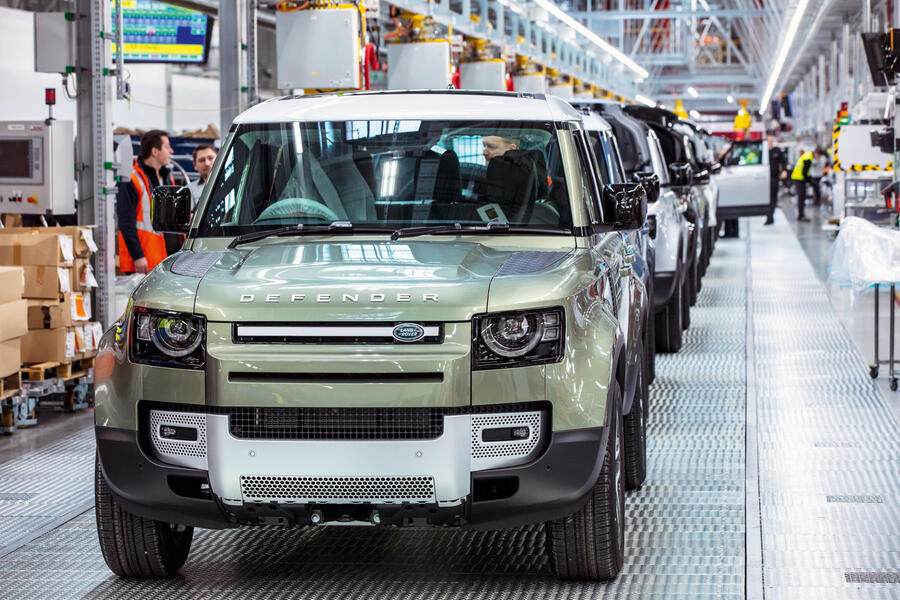[ad_1]
At two million square feet, the purpose-built facility is almost twice the size of the Solihull plant and has clearly been a boon for the area; miles of perfectly smooth new roads lead here, passing a host of supplier factories. The figures back it up: local unemployment has fallen drastically. JLR employs 2800 people, more than a third of them women – unusually high for a vehicle plant. Its processes were ergonomically designed, it says, so 97% of people can do the job.
Nitra has an annual capacity of 150,000 cars; last year, around 38,000 Discoverys came off the line, plus up to 2000 Defenders. JLR won’t comment on volume predictions, but the fact the site is at just a quarter of its capacity suggests there’s an awful lot resting on the new Defender.
Leslie says: “We always build facilities with a three-shift capacity [there are two shifts at present]. You have to design a facility to enable a certain jobs-per-hour rate. We have what we believe we need for both today and tomorrow.”
As well as the Discovery, Nitra is set up for the 90 and 110 wheelbases alone, but a family of Defenders is coming. Due in the next few years is a Mercedes-AMG G63-rivalling luxury model, the 130. This will be crucial in creating a cost-effective and profitable model line – a feat the previous generation failed to achieve.

The Discovery and Defender run on the same line, back to back, and there’s total flexibility on how many of each is built. Leslie explains: “There are nuances of the cars being slightly different. For example, we purchase the Discovery’s tailgate and make the Defender’s tailgate. But in general, we drive for a standard process in order to drive efficiency on the manufacturing lines. We put the seats in both cars in the same station, for example.”
This high-tech site is a world away from the line in the West Midlands, but what are the main differences in producing the old and new Defender?
“The technology is significantly different,” explains Leslie. “We build both Defender and Discovery in a bodyshop with 642 robots. I don’t know how many we had in the Defender bodyshop back in the day, but it was probably single figures.
“There’s a highly technical paintshop now with environmentally friendly kit and the trim hall is worlds apart from the one I used to run back in Solihull. All in all, [the old and new production lines] are almost like chalk and cheese.”
Among a number of firsts for JLR in Nitra is an innovative conveyor belt, running through the bodyshop, that’s most easily explained as using similar technology to a maglev train. This marks the first European use of the Kuka Pulse, which is claimed to move parts 30% faster than traditional set-ups, able as it is to run at a hasty 3.7m per second.
[ad_2]
